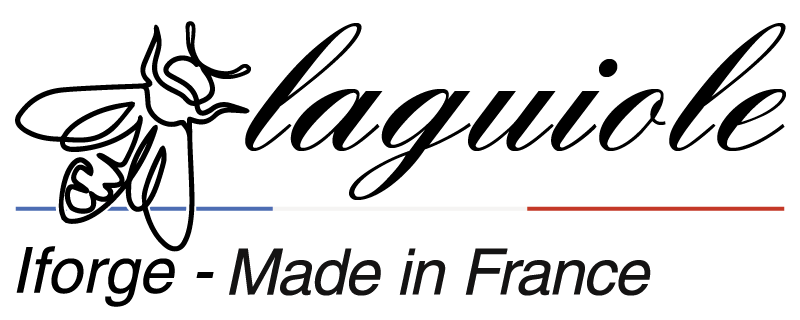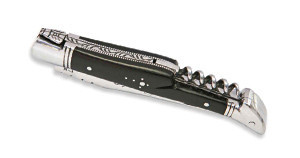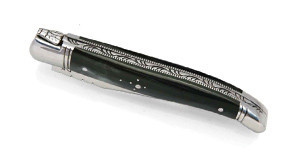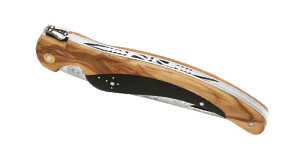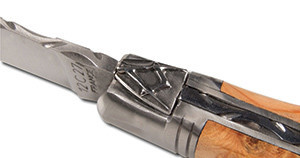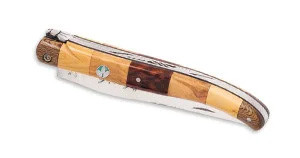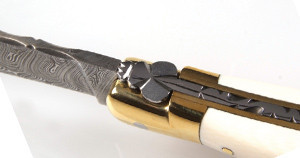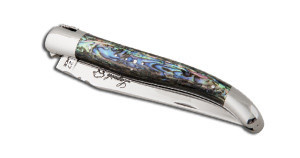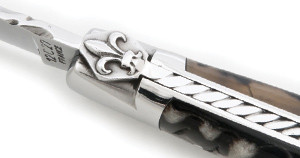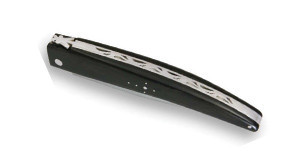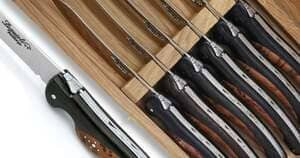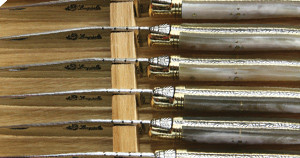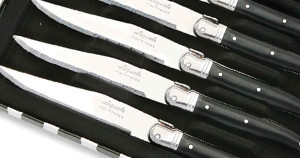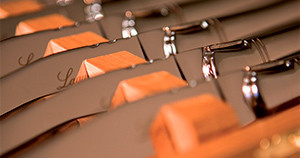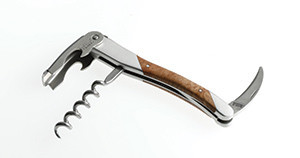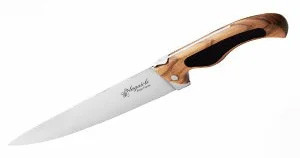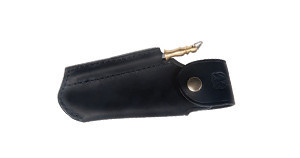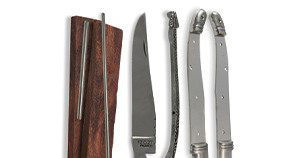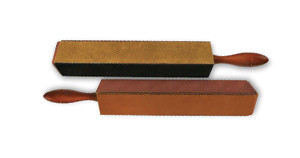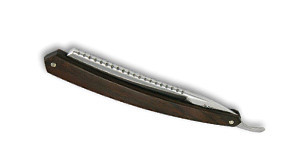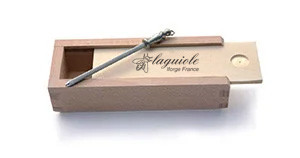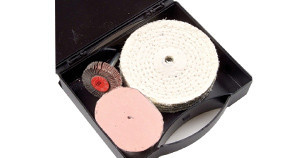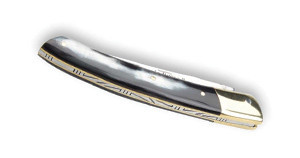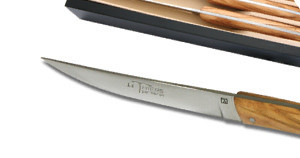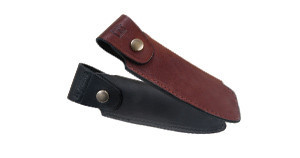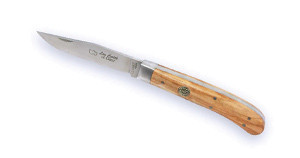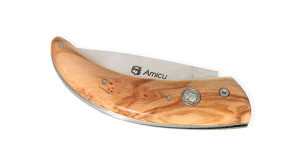Fly or bee spring
The Club collects information from all amateurs of knife-makingIf you want to speak about something important for you, don't hesitate contact us.
.png)
Fly or bee spring ?

It could have been the topic of one of your old philosophy dissertations. It is one of the subjects which Club laguiole enthusiasts most enjoy discussing.
The history of the laguiole knife is rife with changes, evolution and creativity… The French cutlery-making tradition has gradually transformed the original format of our ancestors’ laguiole knife. The spring is no exception to the rule and has evolved, just like our famous knife.
Thanks to the knowledge brought to you by Club laguiole and its fine blades enthusiasts, skilled craftsmen and former blacksmiths, you don’t even need to dive into your history books to learn more about the evolution of the laguiole knife springs.
With this article on flies and bees, we’re sure that you’ll be buzzing with interest !
A short history of how the fly turned into a bee…
It’s not that we prefer one insect to the other, indeed the difference between fly and bee is purely rhetorical. In fact if we prefer the bee to the fly, the fly is merely the technical word which refers to the forge-flattened part of the spring.
Let us go back to the origins of these critters which are so widely discussed by knife-makers.
From 1880 to 1908, very few laguiole flies are actually decorative. When they are made into an ornament, a flower is usually the chosen symbol by the craftsmen of that time.
Focusing on the first decorative flies : It’s in the 1880’s that the first decorated springs (guilloched) can be found. With them come the decorative flies, with the most widespread design being a flower, a tribute to the local pastoral heritage. Lilies, daisies and of course, the famous four-leaf clover – a timeless lucky charm – were commonly found. The shape of the fly depended on the cutlery-maker.
Jules Calmels, a famous knife-maker created the bee, circa 1910.
The spring on which the symbol of the knife design can be found has only been repeatedly decorated with a bee since the 1930’s.
The first laguiole knives featured no decoration, either on the spring or the fly. They were very close in design to the Yssingeaux knives.
There is a pleasant legend according to which it was Napoleon himself who granted the Aveyron knife-makers the right to use the bee motif as a sign of their valour in combat – but it is no more than a legend.
In reality, aesthetic concerns prompted the change. Decorating the fly with a flower, which represented the diet of Aubrac cows, turned into using the bee symbol, equally central to pastoral life. Bees are pollinators and ensure the renewal of crops – therefore it has a special place in the daily life of Aubrac men.
And that is how, after being used almost systematically, the bee became synonymous with laguiole knives. In a very short time it became the buzzing symbol of a region, a land and an ancestral know-how.
The fly refers to the forge-flattened part located at the front-end of the spring. This part can represent other designs than a bee, purist’s discontent notwithstanding.
A knife’s fly can for instance represent a horseshoe, a clover, a lily flower, a shell or your badge (we can also customize that part at your request).
Before 1930 this extremity of the spring was always forged, but then soldered flies appeared. To this day, it is still a key element which separates basic laguiole knives from higher-quality ones. As you can see in our laguiole knife custom-design module, an extra 10 euros at least are required for a forged, rather than soldered, fly.
Here’s what a soldered fly looks like:

and below a forged bee

A forged fly / bee will always be more resistant than a soldered fly / bee, the technical qualities of a piece of metal made out of one block are much superior to those of two pieces welded together. This will also help you distinguish between a properly manufactured laguiole and a lacking imitation.

